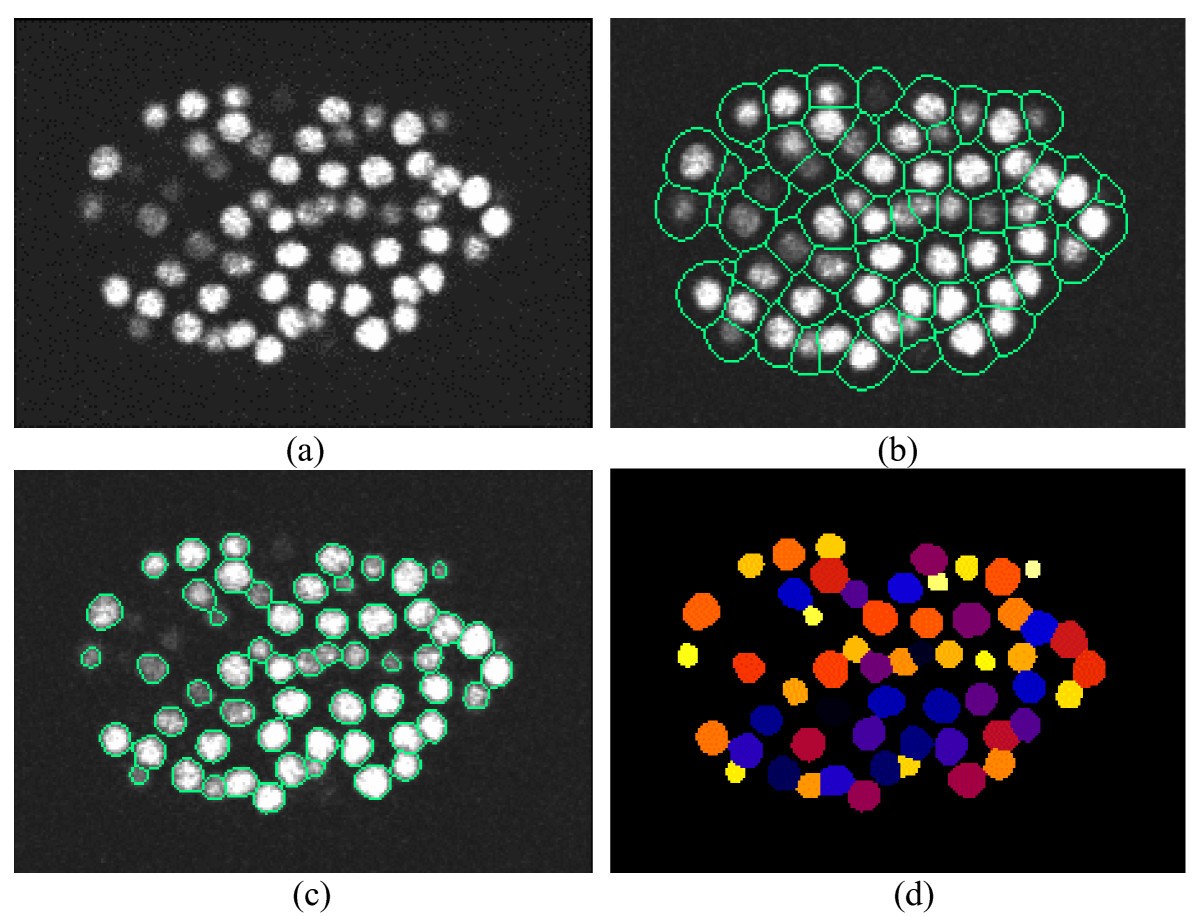
However, the field is currently a wild frontier, including novel methods that have been proposed but not yet compared, and few methods have been used outside the laboratories in which they were developed. As reviewed recently 8, 9, these applications include identifying disease-specific phenotypes, gene and allele functions, and targets or mechanisms of action of drugs. Similarly to other profiling methods that involve hundreds of measurements or more from each sample 6, 7, the applications of image-based cell profiling are diverse and powerful. This profiling strategy contrasts with image-based screening, which also involves large-scale imaging experiments but has a goal of measuring only specific predefined phenotypes and identifying outliers. By describing a population of cells as a rich collection of measurements, termed the 'morphological profile', various treatment conditions can be compared to identify biologically relevant similarities for clustering samples or identifying matches or anticorrelations. The effects of the treatment are quantified by measuring changes in those features in treated versus untreated control cells 5.

In image-based cell profiling, hundreds of morphological features are measured from a population of cells treated with either chemical or biological perturbagens.
#Cellprofiler thresholding strategy full#
Herein, the term morphology will be used to refer to the full spectrum of biological phenotypes that can be observed and distinguished in images, including not only metrics of shape but also intensities, staining patterns, and spatial relationships (described in 'Feature extraction'). A further revolution is currently underway: images are also being used as unbiased sources of quantitative information about cell state in an approach known as image-based profiling or morphological profiling 4.

Recent advances in automated microscopy and image analysis allow many treatment conditions to be tested in a single day, thus enabling the systematic evaluation of particular morphologies of cells.

Image analysis is heavily used to quantify phenotypes of interest to biologists, especially in high-throughput experiments 1, 2, 3.


 0 kommentar(er)
0 kommentar(er)
